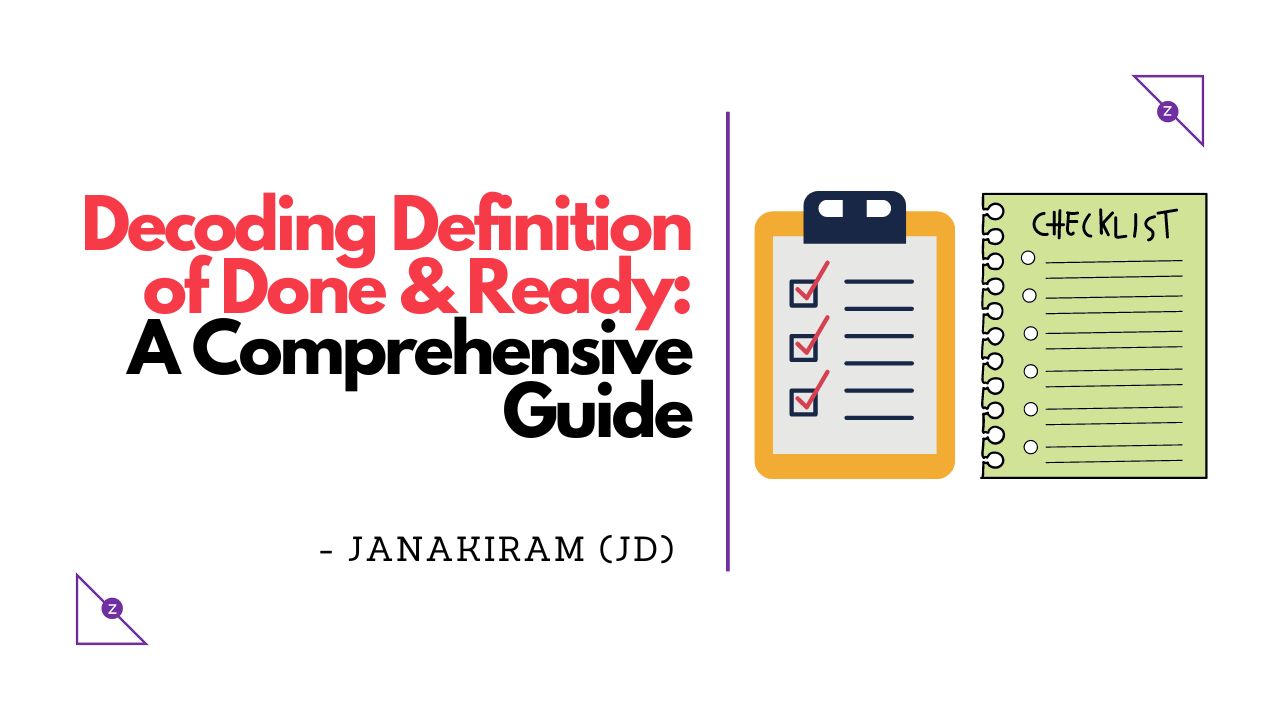In the realm of project management, particularly in Agile methodologies, the term “Definition of Done” (DoD) holds significant importance. It’s a crucial concept that ensures everyone involved in a project shares a common understanding of what constitutes completion. In this blog, we’ll delve into the definition of done, its significance, how to create one, and its role in ensuring successful project delivery.

In this comprehensive blog, we’ll also explore the Definition of Ready, its significance, how to establish one, and its role in fostering Agile excellence.
What is Definition of Done (DoD)?
The Definition of Done is a set of criteria or requirements that a product or deliverable must meet to be considered complete and ready for release. It’s a comprehensive checklist that outlines all the necessary tasks, quality standards, and conditions that need to be fulfilled before a project increment or release can be deemed finished.
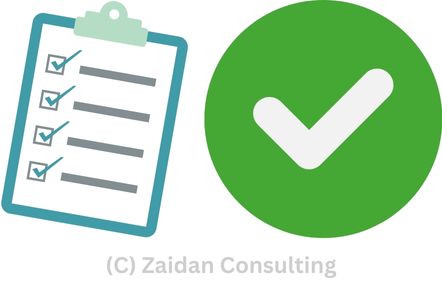
Why is the Definition of Done Important?
- Clarity and Transparency: The DoD brings clarity to the project team regarding what needs to be accomplished, leaving no room for ambiguity or misinterpretation.
- Quality Assurance: By specifying quality standards and acceptance criteria, the DoD ensures that the end product meets the desired level of quality and functionality.
- Customer Satisfaction: A well-defined DoD helps in meeting customer expectations by ensuring that the delivered product aligns with their requirements and needs.
- Risk Mitigation: It helps in identifying potential risks and dependencies early in the development process, allowing for timely resolution and minimizing project disruptions.
- Incremental Delivery: In Agile methodologies, the DoD facilitates incremental delivery by providing a clear definition of what features or functionalities can be considered “done” in each iteration or sprint.
Creating a Definition of Done
- Collaboration: The DoD should be developed collaboratively with input from all relevant stakeholders, including product owners, developers, testers, and customers.
- Inclusivity: It should encompass all aspects of product development, including coding, testing, documentation, integration, and deployment.
- Specificity: The criteria outlined in the DoD should be specific, measurable, achievable, relevant, and time-bound (SMART), leaving no room for ambiguity.
- Adaptability: The DoD should be adaptable and evolve over time as the project progresses and requirements change.
- Review and Refinement: Regularly review and refine the DoD to ensure its relevance and effectiveness throughout the project lifecycle.
Examples of Definition of Done Criteria
- All code is peer-reviewed and meets coding standards.
- Automated tests cover at least 80% of the codebase, and all tests pass successfully.
- Documentation, including user manuals and technical documentation, is complete and up-to-date.
- The product has undergone user acceptance testing (UAT) and received approval from the stakeholders.
- Deployment scripts and procedures are documented and tested for reliability.
- Performance benchmarks meet or exceed predefined targets.
Understanding the Definition of Ready (DoR)
The Definition of Ready outlines the prerequisites that a task, user story, or backlog item must fulfill before it can be considered ready for implementation during a sprint. It serves as a checklist to ensure that the team has the necessary information, resources, and conditions in place to begin work effectively.
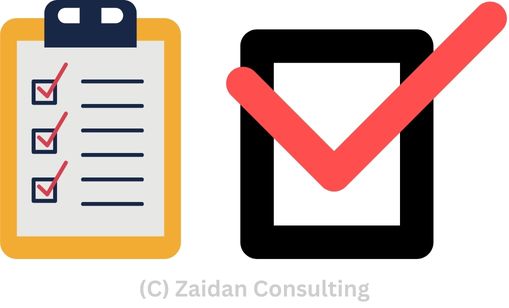
The Importance of the Definition of Ready
- Clarity and Alignment: Establishing a DoR promotes alignment and clarity among team members by defining the expectations and requirements for each backlog item upfront.
- Efficiency and Productivity: By ensuring that backlog items are well-defined and adequately prepared before they enter the sprint, the DoR helps streamline the development process, minimizing delays and rework.
- Risk Reduction: A robust DoR helps identify potential risks and dependencies early on, enabling the team to address them proactively and mitigate project setbacks.
- Quality Assurance: By specifying acceptance criteria and prerequisites for each backlog item, the DoR contributes to delivering high-quality products that meet user needs and expectations.
Establishing a Definition of Ready
- Collaborative Definition: The DoR should be developed collaboratively with input from all relevant stakeholders, including product owners, developers, testers, and subject matter experts.
- Clear and Specific Criteria: Define clear and specific criteria that backlog items must meet to be considered ready. These criteria may include user stories being adequately sized, having clear acceptance criteria, and being prioritized based on business value.
- Acceptance Criteria: Specify acceptance criteria that outline the conditions that must be met for a backlog item to be considered complete. These criteria help ensure a shared understanding of what constitutes success.
- Dependencies and Resources: Identify any dependencies, resources, or prerequisites necessary for implementing the backlog item, such as access to external systems, required documentation, or availability of stakeholders for clarification.
- Review and Refinement: Regularly review and refine the DoR to incorporate feedback, lessons learned, and changes in project requirements or team dynamics.
Examples of Definition of Ready Criteria
- The user story is sufficiently detailed, including a clear description of the feature or requirement and its acceptance criteria.
- Any necessary design mockups or wireframes are provided, ensuring a shared understanding of the expected outcome.
- Dependencies on external systems or third-party services are identified and addressed.
- Any required resources or skills, such as specialized tools or expertise, are available to the team.
- The backlog item has been prioritized based on business value and alignment with project goals.
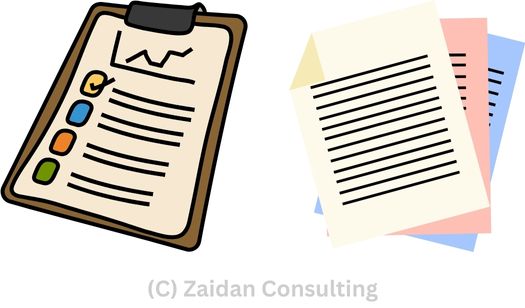
Conclusion
In conclusion, the Definition of Done is a vital tool in project management, particularly in Agile environments, where incremental delivery and continuous improvement are emphasized. By establishing clear criteria for completion, the DoD helps teams deliver high-quality products that meet customer expectations and business objectives. Investing time and effort in creating and maintaining a robust DoD can significantly contribute to the success of any project.
The Definition of Ready is a fundamental concept in Agile development that sets the stage for successful sprint execution and product delivery. By establishing clear criteria and prerequisites for backlog items, teams can enhance collaboration, efficiency, and quality, ultimately driving greater project success. Embracing and refining the Definition of Ready as an integral part of the Agile framework can empower teams to deliver value consistently and adapt to evolving project needs with agility and confidence.
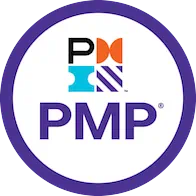
Our PMI® PMP®-Prep Course
If interested in this course, click here
- Case study based training
- LIVE instruction 36 Hours
- Post course guidance
- Exercise per topic
- 4 Mock exams for practice
- WhatsApp group support
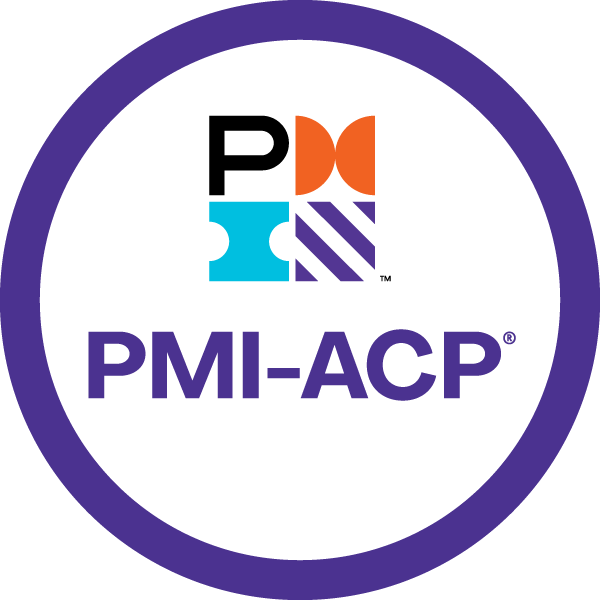
Our PMI® ACP®-Prep Course
If interested in this course, click here
- WhatsApp group support
- 4 Mock exams for practice
- Exercise per topic
- LIVE instruction 20 Hours
- Post course guidance
- Case study based training

JD (Coach/Instructor/Writer)
JD (a.k.a Janakiram) is a Project Management Coach, Trainer Author and Practitioner @Zaidan Consulting. He comes with around 17+ Years of experience primarily from the Software Industry. He is certified on PMI® PMP®, ACP®, Scrum Alliance CSM and Microsoft Certified Solution Developer on C#.NET. He has also authored the book “Practical Agile for Beginners”

About Zaidan Consulting
Zaidan Consulting are specialists in Project and Program Management space. Our training offerings include:
- Project Management Training
- Agile Training
- PMI®-ACP® Prep Training
- PMI®-PMP® Prep Training
- PMI®-CAPM® Prep Training
- ScrumStudy™ Authorized Training Partner (A.T.P)
Or you can contact us @+(91) 7672011471
Or Email us: contact@zaidanconsulting.com
